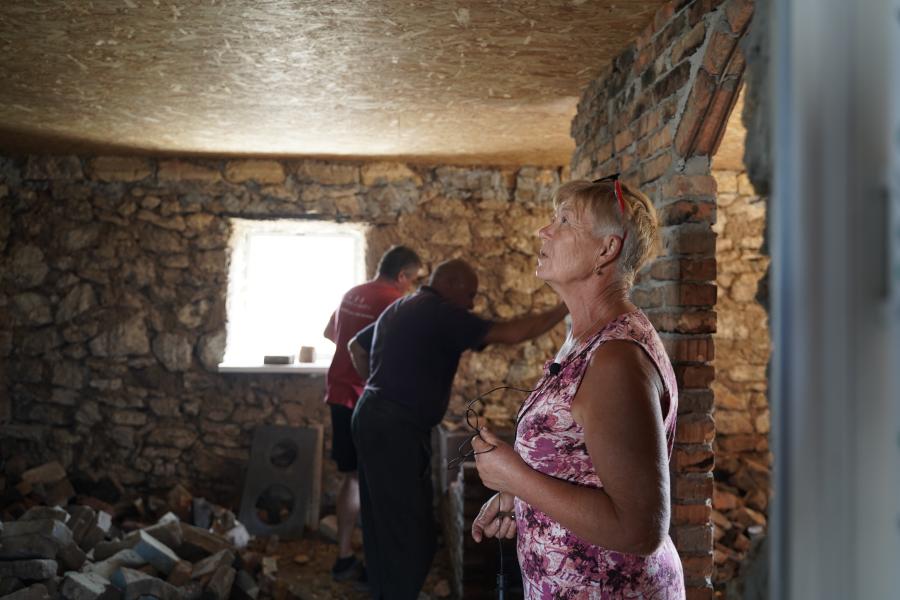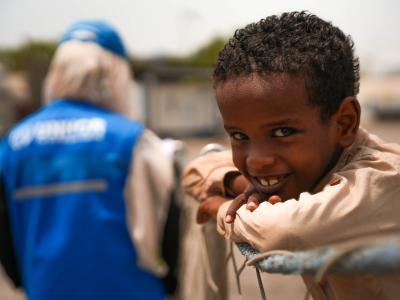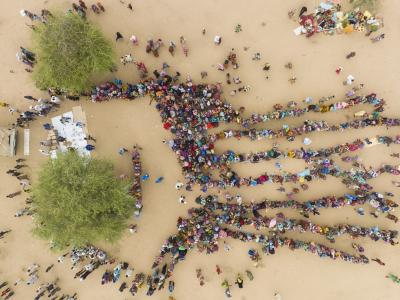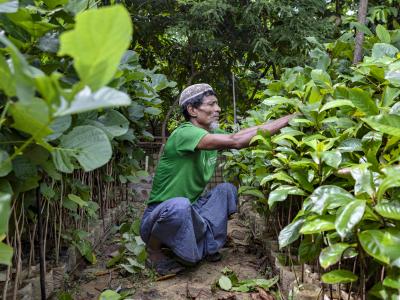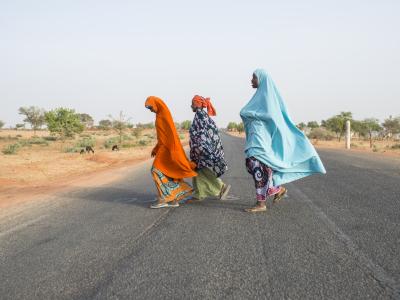Results in 2023
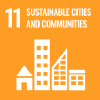
In 2023, UNHCR provided shelter and housing assistance to displaced populations in 67 countries. More than 2.9 million individuals received vital shelter assistance in various forms, including emergency, transitional or durable shelter, shelter repairs or upgrades, as well as cash grants or vouchers for rental subsidies or shelter materials.
UNHCR’s biggest investment was in Ukraine, where it reached 172,000 people with emergency shelter kits, repaired 22,000 homes and provided accommodation for 15,200 people. In the Syrian Arab Republic, UNHCR provided emergency shelter to 104,915 people and disposed of 52,626 cubic metres of debris – benefiting almost 250,000 people, while the UNHCR-led shelter sector repaired 2,270 damaged houses. As people fled Sudan and arrived in eastern Chad, UNHCR installed 2,724 refugee housing units and 56,300 emergency shelters to accommodate 236,100 new refugees.
A majority of refugees and asylum-seekers had habitable and affordable housing in only 11 of the 39 countries for which UNHCR operations reported data in 2023, a decrease from 17 out of 41 countries in 2022. There was a marginal improvement in housing for internally displaced people (IDPs), but from a low base: six out of 18 countries reported favourable housing situations, up from four in 2022. In the countries reporting, an estimated 39% of refugees, asylum-seekers and IDPs resided in habitable and affordable housing, a slight improvement from 36% in 2022, suggesting incremental but modest progress, largely due to lack of funds and continuous new emergencies like the Sudan situation.
In addition to direct shelter assistance, UNHCR prioritized communal facilities and infrastructure, providing or maintaining 698 communal facilities such as health and education centres and developing or maintaining 325 km of roads and drainage infrastructure, ensuring access to essential services and mitigating the risks posed by floods and other disasters.
In Sudan, the huge scale of displacement forced UNHCR to shift its shelter strategy towards emergency support. It assisted 168,420 individuals, providing emergency shelter kits, tents and cash assistance. Millions of displaced Sudanese resided in host communities or overcrowded collective centres. UNHCR built tents in an effort to decongest such sites and carried out mapping and assessments to ensure that its programmes were targeted in a way that addressed shelter needs effectively.
UNHCR’s shelter and settlement work also reinforced countries’ efforts to include refugees in national systems. Niger, for example, made a pledge at the Global Refugee Forum 2023 to build refugee housing as part of a wider national poverty reduction strategy, and called on donors to help it house 49,000 more refugees by 2027, in addition to 40,000 covered by a 2019 pledge. By the end of 2023, UNHCR had provided housing assistance to 14,887 households, 68% of them refugees, 18% returnees and vulnerable host community members, and 14 % IDPs.
In Kenya, the Government announced the “Shirika Plan”, which aims to enhance the socioeconomic inclusion of refugees and asylum-seekers by transitioning from camps to integrated settlements, thereby alleviating the pressure on host communities and reducing aid dependency by replacing humanitarian-led service delivery with government systems. The Kenyan Government designated Kakuma and Dadaab as municipalities, marking a crucial step in this transformative process. The solution-oriented approach holds great potential as a model beyond the borders of Kenya. In Kakuma, UNHCR constructed 357 permanent houses through its programme of cash based interventions, ensuring that local materials and capacity were used, with the shelter partner ensuring quality and UNHCR identifying the land. This, in addition to the construction of 2,599 transitional shelters, helped to provide shelter solutions for households who had been waiting in reception centres to be settled in the community.
As set out in its “Operational strategy for climate resilience and environmental sustainability”, UNHCR made efforts to promote environmental conservation, planting over 2,500 hectares of land and contributing to ecosystem restoration initiatives. Under the Geneva Technical Hub (GTH), a significant milestone was achieved with the launch of the UNHCR Shelter Sustainability Assessment Tool, which enables comprehensive assessments of shelter designs, incorporating environmental impacts alongside other technical performance criteria such as habitability and affordability. Designed to inform decisions on the procurement of emergency, transitional and durable shelters, this tool is open to all humanitarian shelter practitioners, fostering collaboration and knowledge-sharing across the sector.
As part of its shelter work, UNHCR also aims to improve the lighting in places where forcibly displaced people live. The need for investment grew in 2023, as 49% of refugees in the 32 countries where UNHCR collected data did not have sufficient energy for lighting. Over 525,000 solar lamps were distributed to new arrivals, complemented by the installation of solar streetlights to bolster communal protection along roads and facilities.
Improvements in lighting owed much to the private sector solar power market. Among refugee communities in Ethiopia, for example, the availability of household lighting grew from 33% to 42% in 2023 thanks to the introduction of market-based solar home systems. In Rwanda, 10,100 refugee households were supported in acquiring solar home systems from private companies, although most refugees still did not have enough electricity for lighting or small appliances.
Core indicators

9.1 Proportion of people living in habitable and affordable housing

9.2 Proportion of people that have energy to ensure lighting
Challenges to achieving outcomes
People who have been forced to flee often face restrictions when they want to move into more permanent homes, which perpetuates the cycle of emergency support. Temporary settlements may also be the only option when people are displaced in a remote area, and this can also lead to reliance on temporary shelters. But using temporary infrastructure and shelters leaves people more vulnerable to climate-related risks and prevents the achievement of sustainable outcomes.
Access to lighting requires sustainable solutions that can be maintained over the long term, particularly in refugee settlements where resources are limited. Despite the involvement of the private sector, there is a lack of funding, and it is difficult to carry out operation and maintenance plans with limited skilled personnel, which reduces lasting improvements.
Financial overview
Global expenditure and budget for Sustainable housing and settlements
$478 million spent against a budget of $1.037 billion
$559 million of unmet needs or 54% of the budget
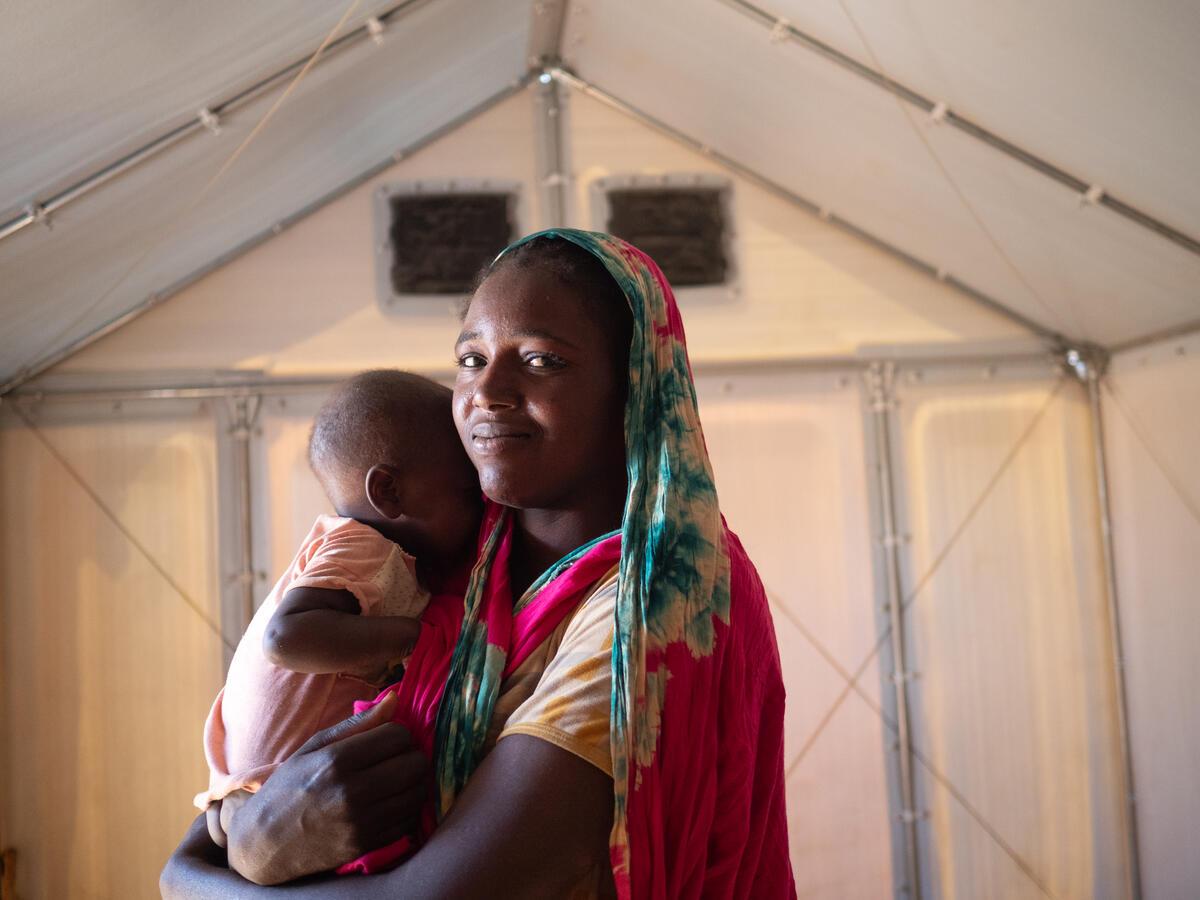

Better Shelter provides emergency shelters for refugees and displaced people in Chad, Syria and Türkiye
Swedish humanitarian non-profit organization Better Shelter supports UNHCR’s shelter efforts with relief housing units (RHUs), which ensure the safety and dignity of those forced to flee.
In 2023, thanks to support from the IKEA Foundation and other partners, Better Shelter donated 3,000 RHUs for Sudanese refugees in eastern Chad and more than 1,400 RHUs in response to the earthquakes that struck the north-west Syria and Türkiye in February 2023.
